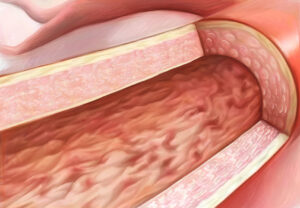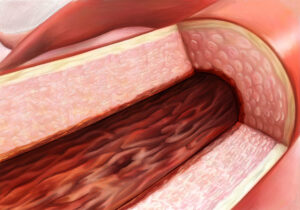What is PH?
What is pulmonary hypertension (PH)?

Pulmonary hypertension is high blood pressure in the lungs. It’s different than the blood pressure that your doctor measures with a cuff. When a person has PH, the arteries in the lungs become damaged, narrow or stiff, putting pressure on the right side of the heart as it works extra hard to push blood through. If left untreated, PH can lead to right heart failure and death.
What are the symptoms of PH?

People with PH can experience symptoms such as shortness of breath, dizziness and fatigue. Because these symptoms can mirror common, less-threatening illnesses, patients often go years without being diagnosed, or are misdiagnosed as having other illnesses such as asthma or COPD. With early and accurate diagnosis, proper treatment can extend and improve PH patients’ quality of life. People who think they might have PH should seek diagnosis and treatment from a PH specialist. Other symptoms include chest pain, fainting, swelling of the arms, legs, ankles or abdomen, dry cough and Raynaud’s phenomenon.
Who gets PH?
There are risk factors that can make some people more likely to get PH, but anyone can get PH. It affects children and adults, men and women and people of all races and ethnic backgrounds. PH can exist alone or be associated with other conditions such as connective tissue disorders (scleroderma, lupus and others), heart disease, HIV and COPD. While there is no cure for PH, people diagnosed with one form called chronic thromboembolic pulmonary hypertension (CTEPH), caused by old blood clots in the lungs, may be candidates for a surgical procedure that can potentially reduce or normalize their lung blood pressure.
Learn more at https://www.phaeurope.org/about-ph/.
Reviewed by Prof. Simon J Gibbs
Last medical update: 05/30/2020
